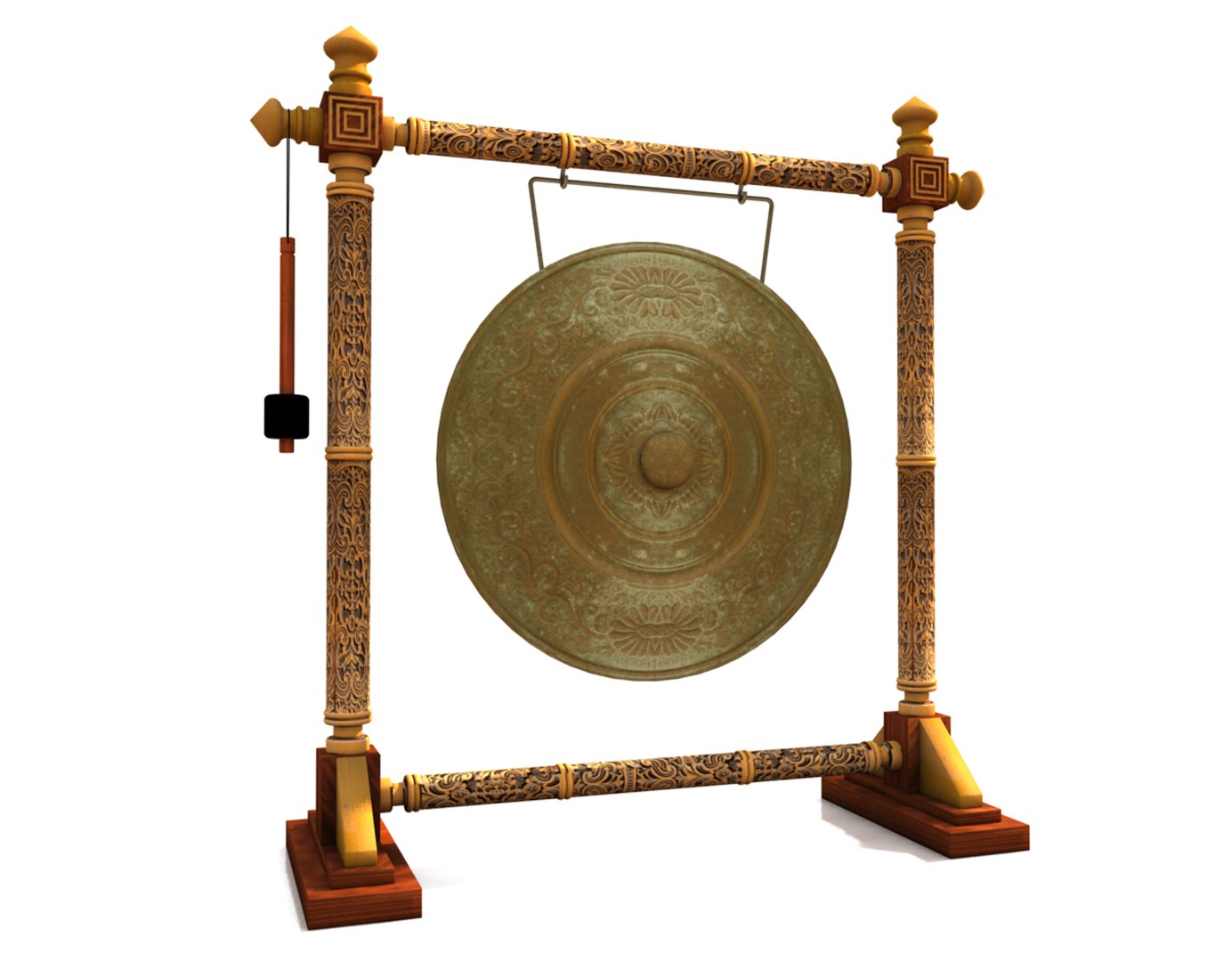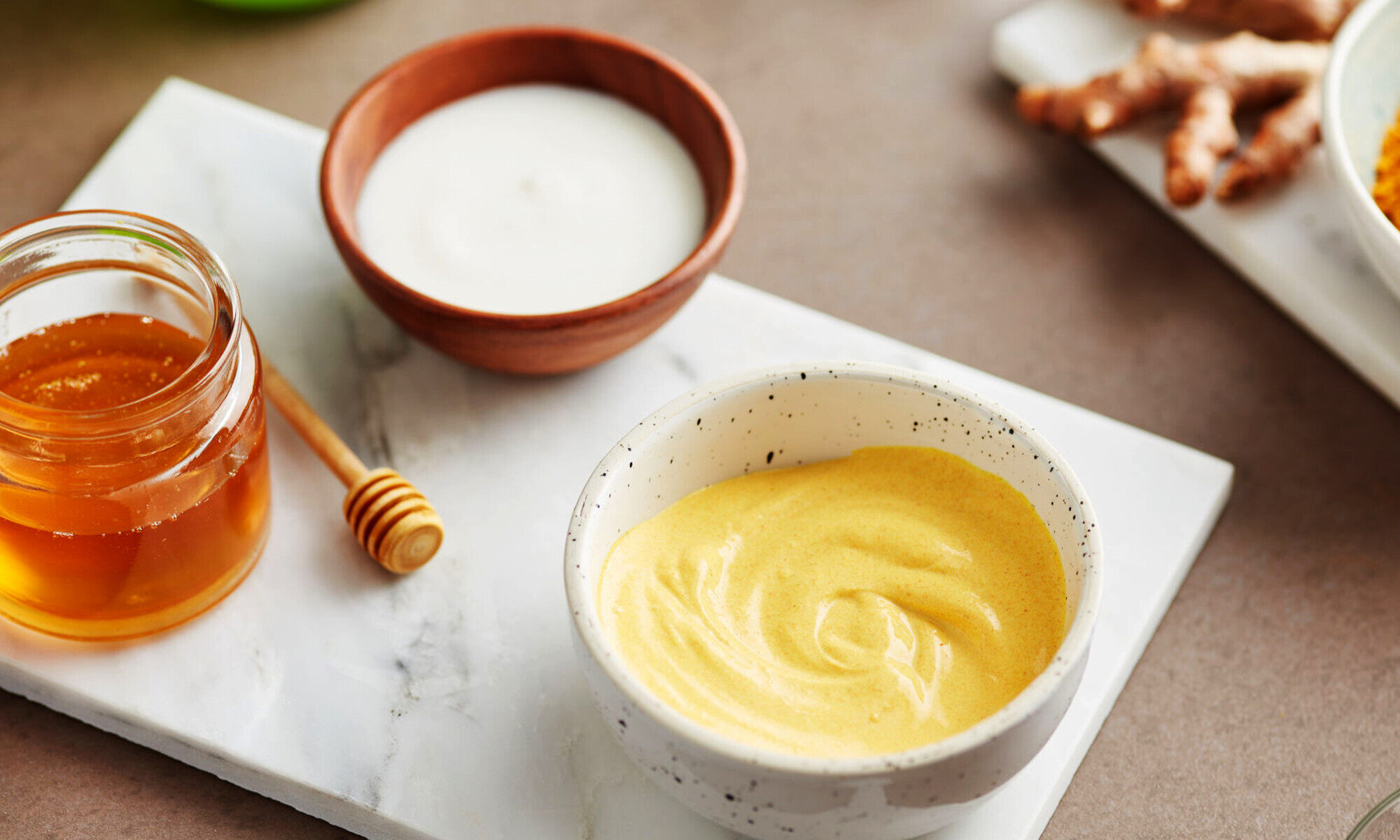
Are you ready to dive into the fascinating world of gongs? Prepare to be amazed as we uncover 10 gong facts that will leave you in awe. Gongs are not just musical instruments; they have a rich cultural and historical significance that spans across continents and are used in various rituals and ceremonies. From their origins in ancient civilizations to their modern-day applications in music therapy, gongs have an intriguing story to tell. In this article, we will explore the different types of gongs, their construction, and the mesmerizing sounds they produce. So, sit back, relax, and get ready to be enchanted by these 10 incredible gong facts.
Key Takeaways:
- Gongs have a rich history and cultural significance, with diverse sizes, designs, and materials. They produce captivating sounds and vibrations, used for music, healing, and meditation.
- The mesmerizing sound of gongs can induce a meditative state, create immersive experiences, and captivate audiences. Their unique qualities make them integral to various cultures worldwide.
Gong Gongs have a rich history that dates back thousands of years.
The origins of gongs can be traced back to ancient civilizations in Asia, particularly in China and Indonesia. They were initially used for spiritual rituals and ceremonial purposes, and their unique sound was believed to have mystical qualities.
Gong Gongs come in various sizes and designs.
From small handheld gongs to massive gongs that require multiple people to play, there is a wide range of sizes and designs available. Each size and design produces a distinct sound and is suited for different musical styles and occasions.
Gong The sound of a gong can vary depending on how it is struck.
Depending on the technique used and the part of the gong that is struck, the sound produced can range from a soft, subtle resonance to a powerful, booming tone. Skilled gong players can produce a wide range of sounds and create different musical effects.
Gong Gongs are not only used in music but also in healing practices.
In many traditional healing practices, gongs are believed to have therapeutic effects. The vibrations produced by the gong are said to promote relaxation, reduce stress, and balance the energy in the body.
Gong The largest gong in the world is over 7 meters in diameter.
Located in China, the world’s largest gong measures an impressive 7.22 meters in diameter. It is an awe-inspiring instrument that requires multiple musicians to play and produces a deep and resonant sound.
Gong Gongs are made from a variety of materials.
While bronze is the most common material used to make gongs, they can also be crafted from other metals such as brass, iron, or even silver. The choice of material affects the tone and timbre of the gong.
Gong The vibrations produced by gongs can be felt in the body.
When a gong is struck, its vibrations can be felt not only in the ears but also throughout the body. This physical sensation adds to the immersive experience of playing or listening to a gong.
Gong Gongs are often used in meditation practices.
The deep and resonant sound of the gong is renowned for its ability to induce a meditative state. Many meditation practitioners incorporate gong sound baths or gong meditation sessions into their practice as a means of deep relaxation and mindfulness.
Gong The technique of playing gongs varies across different cultures.
Different regions and cultures have their own unique techniques and playing styles when it comes to gongs. From gentle taps to powerful strokes, the way gongs are played can vary greatly, adding to the diversity of their sound.
Gong The sound of a gong can create a mesmerizing and captivating experience.
Whether in a concert hall, a meditation studio, or a traditional ceremony, the sound of a gong has the power to transport listeners to another realm. Its enveloping vibrations and ethereal tones create a captivating and unforgettable experience.
Conclusion
In conclusion, gongs are fascinating musical instruments that have a rich history and are used in various cultures around the world. They come in different sizes and materials, each producing its unique sound and tonal qualities. From ceremonial rituals to meditation practices and musical performances, gongs play a significant role in creating captivating soundscapes.
Whether you’re a musician, music lover, or simply curious about different instruments, exploring the world of gongs can be a rewarding experience. Their versatility, beauty, and mesmerizing sound make them a timeless addition to any musical ensemble or collection.
So go ahead, dive into the world of gongs, and let their vibrations transport you to a world of tranquility and harmony.
FAQs
1. What is a gong?
A gong is a percussion instrument made of a flat, circular metal plate that produces a deep, resonant sound when struck with a mallet or hammer.
2. What are gongs made of?
Gongs are typically made of bronze, but they can also be constructed from other metals like brass or steel.
3. How are gongs played?
Gongs are played by striking the surface with a mallet or hammer. The method and intensity of striking can vary, resulting in different tones and dynamics.
4. What are gongs used for?
Gongs are used in a variety of settings including musical performances, meditation practices, ceremonial rituals, and therapeutic treatments. They are known for their ability to create a sense of calm and relaxation.
5. How do I choose the right gong?
Choosing the right gong depends on factors such as size, material, and desired sound. It’s important to consider your intended use and personal preferences before making a purchase.
6. Are gongs difficult to play?
Playing the gong requires practice and technique to achieve desired sounds and effects. However, anyone can learn to play the gong with dedication and patience.
7. Can gongs be tuned?
Yes, gongs can be tuned by altering the shape or size of the instrument. This process is usually performed by skilled artisans.
8. Are gongs only used in specific cultures?
No, gongs are used in various cultures across the globe. They hold significant cultural and spiritual importance in many societies.
9. How long have gongs been around?
Gongs have a long history that dates back thousands of years. They have been used in Asian cultures for centuries and have spread to other parts of the world over time.
10. Can gongs be used for healing purposes?
Yes, gongs are often used in sound healing therapies. The vibrations and frequencies produced by gongs can promote relaxation, reduce stress, and stimulate a sense of well-being.
Gongs captivate with enchanting sounds and vibrations felt throughout the body. For those seeking to explore the world of Qi Gong, our articles delve into surprising facts about this ancient practice. Curious about Gong Cha's nutritional value? We've got you covered there too. Continue your journey of discovery and uncover more fascinating insights about gongs, Qi Gong, and Gong Cha today!
Was this page helpful?
Our commitment to delivering trustworthy and engaging content is at the heart of what we do. Each fact on our site is contributed by real users like you, bringing a wealth of diverse insights and information. To ensure the highest standards of accuracy and reliability, our dedicated editors meticulously review each submission. This process guarantees that the facts we share are not only fascinating but also credible. Trust in our commitment to quality and authenticity as you explore and learn with us.


